Chao Zou
DARCS: Memory-Efficient Deep Compressed Sensing Reconstruction for Acceleration of 3D Whole-Heart Coronary MR Angiography
Feb 02, 2024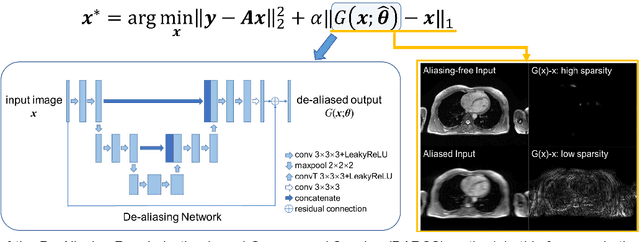
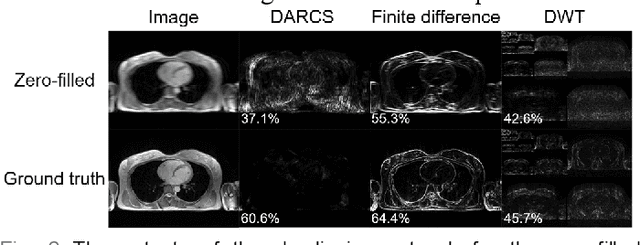
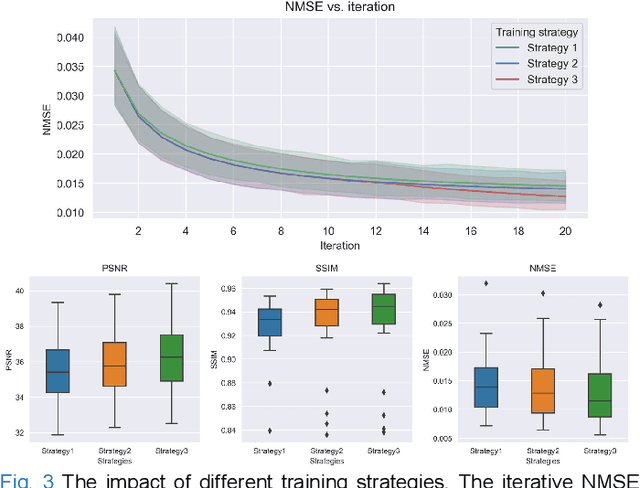
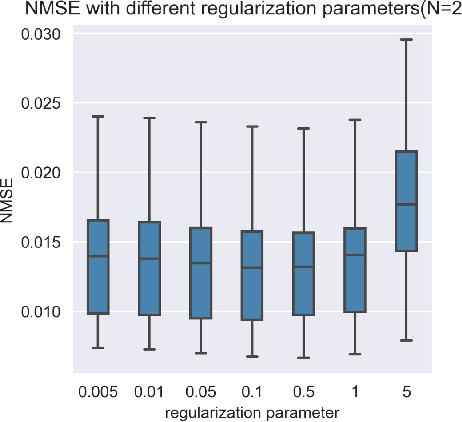
Abstract:Three-dimensional coronary magnetic resonance angiography (CMRA) demands reconstruction algorithms that can significantly suppress the artifacts from a heavily undersampled acquisition. While unrolling-based deep reconstruction methods have achieved state-of-the-art performance on 2D image reconstruction, their application to 3D reconstruction is hindered by the large amount of memory needed to train an unrolled network. In this study, we propose a memory-efficient deep compressed sensing method by employing a sparsifying transform based on a pre-trained artifact estimation network. The motivation is that the artifact image estimated by a well-trained network is sparse when the input image is artifact-free, and less sparse when the input image is artifact-affected. Thus, the artifact-estimation network can be used as an inherent sparsifying transform. The proposed method, named De-Aliasing Regularization based Compressed Sensing (DARCS), was compared with a traditional compressed sensing method, de-aliasing generative adversarial network (DAGAN), model-based deep learning (MoDL), and plug-and-play for accelerations of 3D CMRA. The results demonstrate that the proposed method improved the reconstruction quality relative to the compared methods by a large margin. Furthermore, the proposed method well generalized for different undersampling rates and noise levels. The memory usage of the proposed method was only 63% of that needed by MoDL. In conclusion, the proposed method achieves improved reconstruction quality for 3D CMRA with reduced memory burden.
From Text to Sound: A Preliminary Study on Retrieving Sound Effects to Radio Stories
Aug 20, 2019
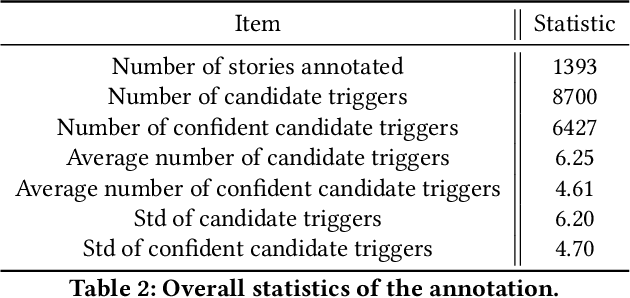

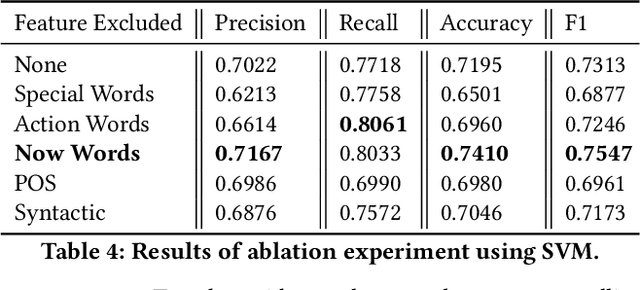
Abstract:Sound effects play an essential role in producing high-quality radio stories but require enormous labor cost to add. In this paper, we address the problem of automatically adding sound effects to radio stories with a retrieval-based model. However, directly implementing a tag-based retrieval model leads to high false positives due to the ambiguity of story contents. To solve this problem, we introduce a retrieval-based framework hybridized with a semantic inference model which helps to achieve robust retrieval results. Our model relies on fine-designed features extracted from the context of candidate triggers. We collect two story dubbing datasets through crowdsourcing to analyze the setting of adding sound effects and to train and test our proposed methods. We further discuss the importance of each feature and introduce several heuristic rules for the trade-off between precision and recall. Together with the text-to-speech technology, our results reveal a promising automatic pipeline on producing high-quality radio stories.
 Add to Chrome
Add to Chrome Add to Firefox
Add to Firefox Add to Edge
Add to Edge